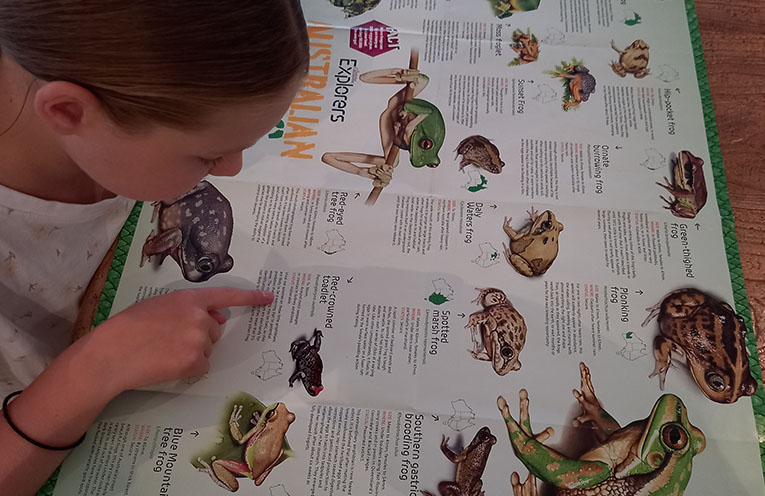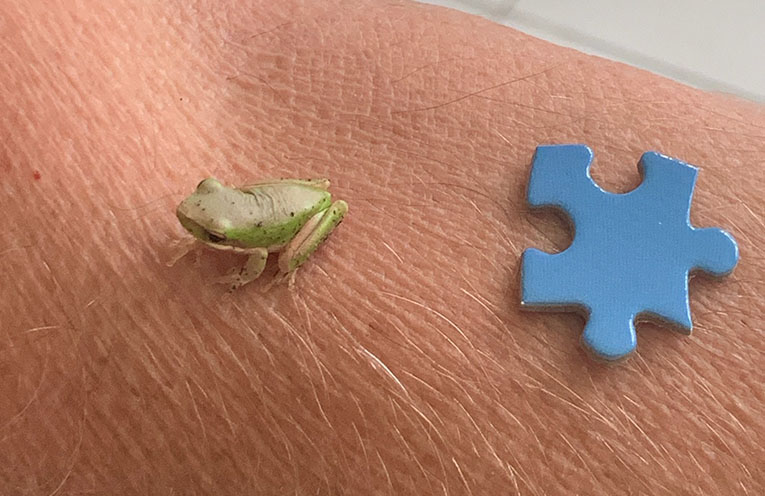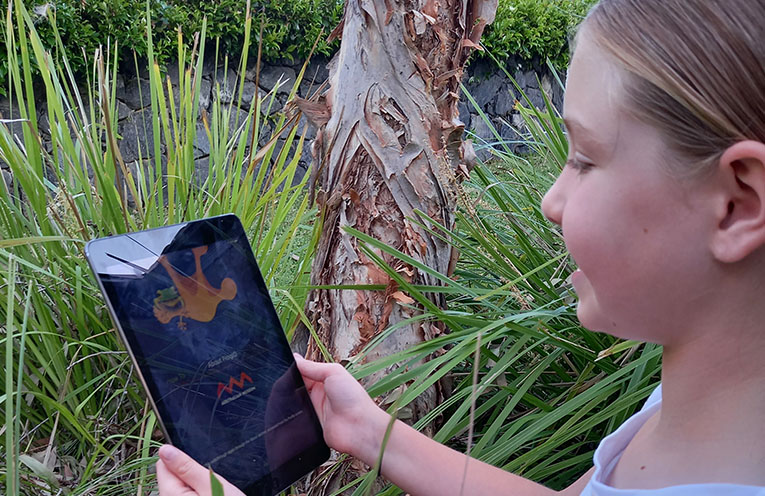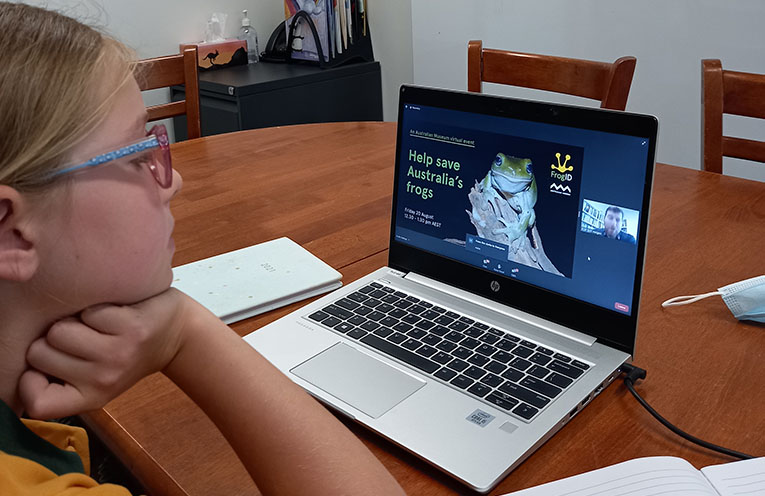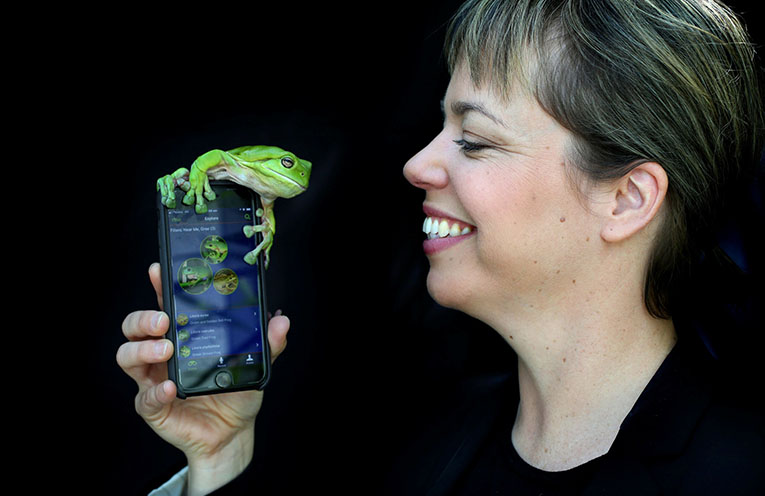
FROGS are the focus of a leading citizen science project by the Australian Museum known as FrogID Week, which runs from 12-21 November.
Nadiah Roslan, FrogID program coordinator, told News Of The Area the data recorded on the all-important free FrogID app during FrogID Week is helping revolutionise frog research and conservation.
 Advertise with News of The Area today.
Advertise with News of The Area today.It’s worth it for your business.
Message us.
Phone us – (02) 4981 8882.
Email us – media@newsofthearea.com.au
“The FrogID project relies on the fact that every species of frog makes a unique call, and through their calls we can accurately identify what frog species it is, as well as provide important information on when and where frogs like to breed.
“This is important as we lack a lot of information about our frogs.
“We need to fill these knowledge gaps if we are to better-conserve them.”
What frogs can we expect to hear and listen out for around the Coffs Coast?
Nadiah shared, “Over two dozen frog species can be heard around the Coffs Coast region, and they can be heard from backyards, ponds and bushland.
“The Endangered Giant Barred Frog (Mixophyes iteratus) is a frog species we’d love to receive more recordings of.
“They have declined severely due to habitat clearing and urban development, as well as the dreadful amphibian chytrid fungus.
“But it’s also important to record the more common frogs.
“Species like the Common Eastern Froglet (Crinia signifera), Striped Marsh Frog (Limnodynastes peronii) and Peron’s Tree Frog (Litoria peronii), are great frog species you can potentially hear from your own backyard or local pond.
“Recording common frog species often, even if it’s the same frog calling from the same pond every day, helps understand trends and if anything is changing over time.
“This spring and summer, we’d also love to know if you hear the ‘bonk’ call of the Northern Banjo Frog (Limnodynastes terraeriginae) around you, and the deep ‘croak’ of the Green Tree Frog (Litoria caerulea).
“Unfortunately, in some parts of NSW, numbers of our iconic Green Tree Frog have declined, and sadly they are being reported sick and dying across the eastern coast of Australia, including the Coffs Harbour region.
“Please record any frogs you hear with the FrogID app to help us understand how our unique frogs are doing.”
If you observe a sick or dead frog, please report it to the Australian Museum herpetology team by emailing calls@frogid.net.au and include photos and location information.
Ella Petrohelos, a nine-year-old Sawtell schoolgirl, told News Of The Area, “I am excited about FrogID Week as it will be a good opportunity to measure the health of our frogs in our local environment after this year’s sad discovery of the sick and dying frogs.
“In the last month I have heard the lovely sounds of frogs returning to our garden.
“We have used the Australian Museum FrogID app to record the sounds of the frogs and have discovered that the frogs we can hear have been identified on the app as the Eastern Dwarf tree frog.
“My Grandparents live close by and have seen sightings of frogs in their garden.
“This tiny Dwarf Green Tree Frog jumped onto my Grandad while he was gardening.
“I hope that during Frog ID Week I can record more sightings to help the Australian Museum with their research.”
By Andrea FERRARI

